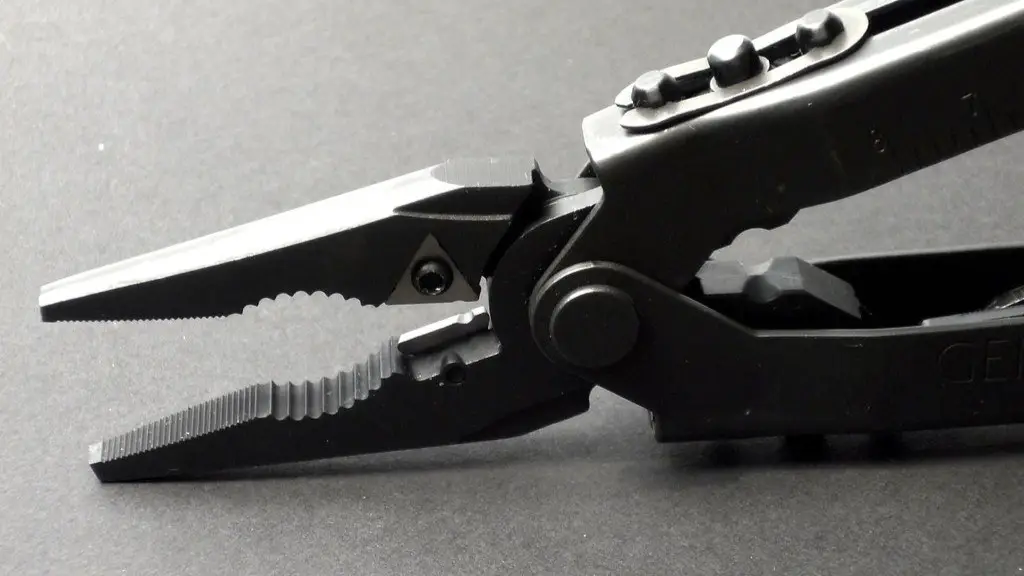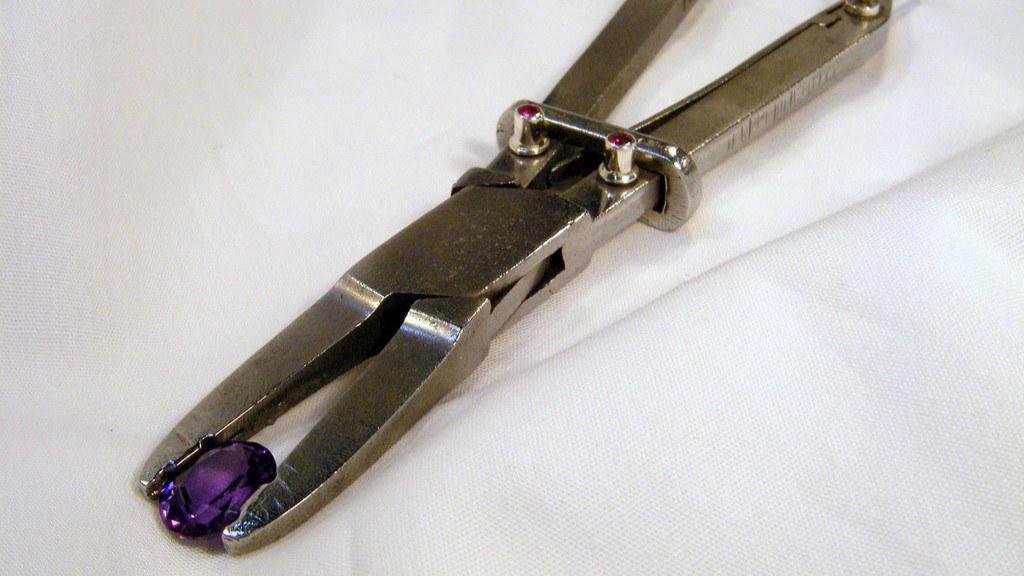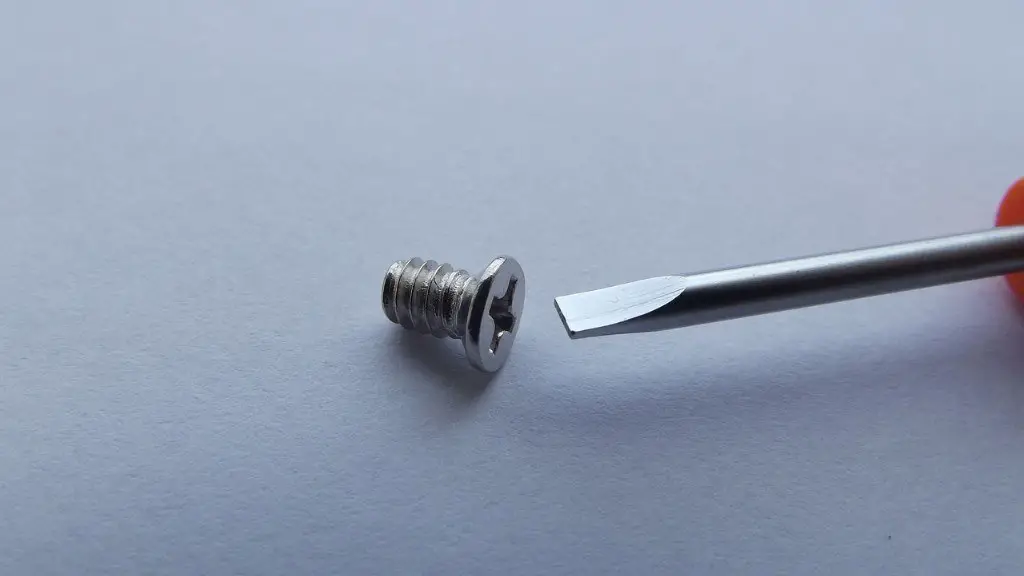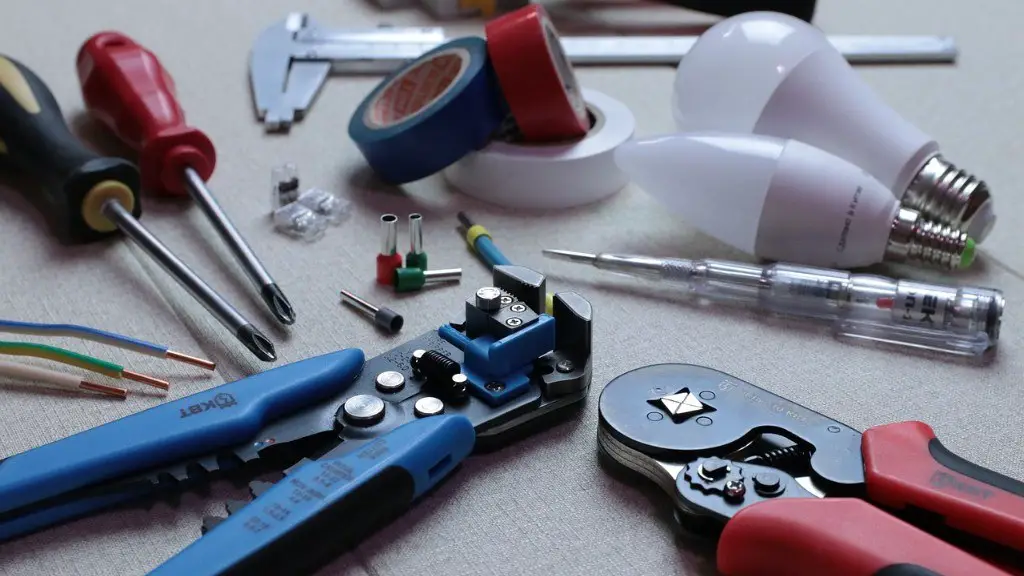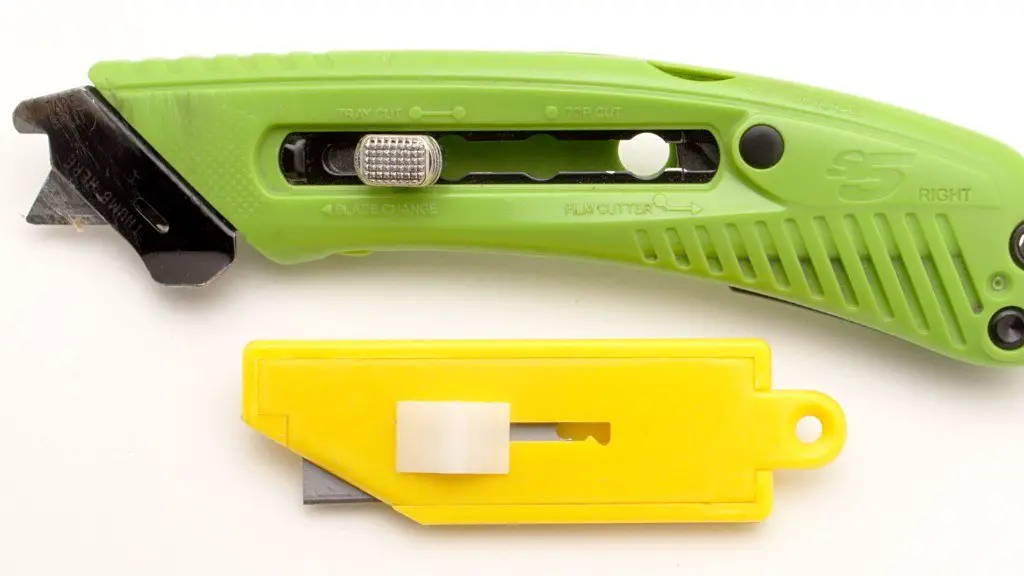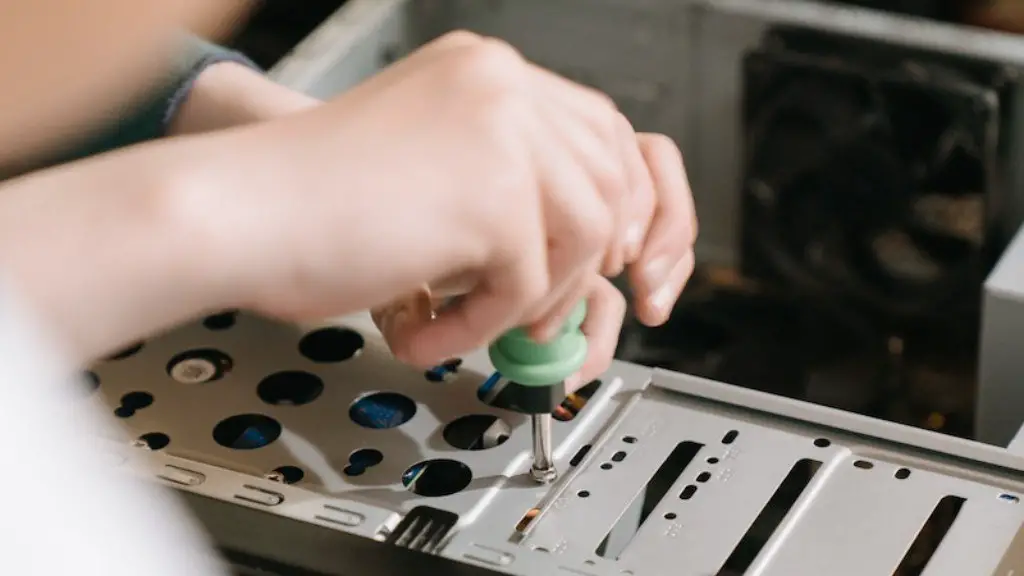Pliers are a type of tool that is used to grip and twist objects. They typically have two metal jaws that are connected at a hinge point. The jaws can be opened and closed by squeezing the handles of the pliers. Some pliers also have teeth or ridges on the jaws which can help to grip onto objects more securely.
Pliers generally have a long, narrow body with a grips on either end. The jaws of the pliers may be serrated or smooth, depending on their intended use.
What is a pliers used for?
There are many different types of pliers available on the market, each designed for a specific purpose. Some pliers are designed for gripping round objects such as pipes or rods, while others are designed for twisting wires. Still other pliers are designed to be used for a combination of tasks, including cutting wire. No matter what your needs, there is a pair of pliers out there that is perfect for the job.
Slip joint pliers are one of the most basic and versatile types of pliers. They are used for a variety of tasks, such as gripping, holding, and twisting.
Water-pump pliers, also known as tongue-and-groove pliers, are a type of slip-joint pliers. They are designed for use in tight spaces, such as when working on plumbing.
Locking pliers are a type of pliers that can be locked into place. They are used for tasks that require a lot of pressure, such as clamping and holding.
Linesman’s pliers are a type of cutting pliers. They are designed for cutting wire and cable.
Cutting pliers are a type of pliers that are designed for cutting. They are available in a variety of sizes and styles, such as needle nose and linesman’s pliers.
Needle nose pliers are a type of pliers that have long, thin jaws. They are used for tasks that require precision, such as picking up small objects or working in tight spaces.
What are the two main kinds of pliers
Pliers are a type of hand tool used for gripping, cutting, or bending objects. They typically have two jaws, one of which is movable and can be opened and closed by the handle. Pliers are available in a variety of sizes and designs, each of which is suited for specific tasks.
The most common type of pliers are combination pliers, which have a flat nose that can be used for gripping and a cutter for cutting nails, bolts, and wire. Long nose pliers have a half-round nose that is ideal for reaching into tight spaces, while electronics pliers have a round nose that is perfect for working with small electronic components.
No matter what type of pliers you need, you can count on them to provide a firm grip and precise control for all your gripping, cutting, and bending needs.
There are many different types of pliers that are used by mechanics and technicians to get repair jobs done easily. Some of the most common types of pliers include combination pliers, needle nose pliers, diagonal cutting pliers, and tongue and groove water pump pliers. Each type of plier has its own unique purpose and can be used to accomplish different tasks.
What should you not do with pliers?
If you follow these four simple rules, your pliers should last you a lifetime. Exposing the pliers to excessive heat will damage the tool, so be careful when using them near heat sources. Bending stiff wire with the tip of the pliers can damage the jaws, so be sure to use the proper size wire for the task. Rocking the pliers side to side when cutting will damage the cutting edges, so make sure to use a sawing motion when cutting wire. Finally, prying with the nose of the pliers can damage the jaws, so be careful when using them as a lever.
Pincers, forceps, pliers, and tongs are all tools that are used to grip and hold objects. Pincers are two-pronged tools that are used to grip and hold objects. Forceps are two-pronged tools that are used to grip and hold objects. Pliers are two-pronged tools that are used to grip and hold objects. Tongs are two-pronged tools that are used to grip and hold objects.
What are the three common types of pliers?
Pliers are one of the most versatile and commonly used tools in any toolbox. Depending on the job at hand, different types of pliers might be more suitable. Here are five of the most popular types of pliers and what they’re used for:
1. Slip-joint pliers are the most basic and versatile type. They have a simple pivot joint that allows them to adjust to two different sizes. This makes them ideal for gripping and turning objects of different shapes and sizes.
2. Water-pump pliers, also called adjustable pliers, look similar to slip-joint pliers but have an additional nut and bolt that allows them to be adjusted to a third size. This makes them even more versatile and ideal for bigger jobs.
3. Linesman pliers are long and thin with tapered jaws, making them perfect for cutting and twisting wires.
4. Locking pliers have a locking mechanism that allows them to be used like a clamp. This makes them great for holding objects in place while you work on them.
5. Needle-nose pliers have long, thin jaws that make them perfect for reaching into tight spaces and for delicately gripping small objects.
Side cutters, or flush cut pliers, are a type of cutting tool used to cut wire or other materials. They are also known as side cutting pliers, wire cutters, or diagonal cutting nippers. Side cutters typically have two cutting jaws that meet in a V-shape, and are operated by squeezing the handles together. Some side cutters also have a third, center jaw that is used to grip and hold the material being cut.
What are cutting pliers called
Diagonal pliers are one of the most useful tools for cutting wire. They are designed to cut wire quickly and easily, and can be used on a variety of different types of wire. If you need to cut wire, these are the pliers you need.
These are all different types of pliers that can be used for various purposes. The Taparia 1408 Long Needle Nose Mini Plier is great for working in tight spaces and the Stanley 70-482 8” Sturdy Steel Combination Plier is perfect for general use. The Taparia Samsan_13 165mm/6″ Steel Insulated Combination Cutting Plier is ideal for cutting through thick materials and the JCB Tools Combination Plier is perfect for working with delicate materials. The Induro EYELET & SNAP BUTTON PLIER is perfect for attaching eyelets and snap buttons.
What is the most common type of pliers used by a plumber?
Needle-nose pliers are a type of pliers that have a narrow, pointed form. They are commonly used by plumbers because they can access hard-to-reach places. Tongue-in-groove pliers are another type of pliers that are commonly used by plumbers. They have a V-shaped jaw that allows them to grip pipes and fittings securely.
Electricians use linesman’s pliers for almost everything. These pliers have flat noses designed for twisting wires tightly. They also have cutting edges for cutting wires to length and stripping the jackets off individual wires.
What is the most used hand tool
There are many different types of hammers available on the market, each designed for a specific purpose. The most common type of hammer is the claw hammer, which is used for general carpentry work. Other types of hammers include the ball peen hammer, used for metalworking, and the sledgehammer, used for heavier construction work.
There is a huge range of tools available, each performing different functions. However, some of the most commonly used tools include a hammer, screwdriver, mallet, axe, saw, wrench, chisel, pliers, drill, and tape measure.
Does Hobby Lobby sell pliers?
Precision Pliers are a great addition to any toolkit, especially for delicate work. They have soft rubber grips and a gentle return spring, making them comfortable to use and reducing hand fatigue.
There are a few different types of pliers that are common and used for different purposes. Slip-joint pliers are adjustable and are commonly used for a variety of tasks. Needle-nose pliers are used for delicate work and for getting into tight spaces. Channel-lock pliers are used for gripping and holding objects in place. Lineman’s pliers are used for cutting wire and other materials. Vise grips are used for holding and turning objects. Diagonal- or side-cutting pliers are used for cutting wire and other materials.
Most injuries that occur while using pliers are lacerations to the hands and fingers. It is important to be careful when using pliers and to follow all safety instructions.
What are 4 uses for pliers
Pliers engage and release objects by using a combination of blunt force and leverage. The jaws of the pliers can be used to grip and twist objects. The cutting edges of the jaws can also be used to cut through wire and other materials.
There are a few things you can do to prevent this from happening. First, try to keep your fishing pliers dry by wiping them down with a towel after each use. If they do get wet, make sure to dry them off as soon as possible. You can also use WD-40 or another rust preventative on your fishing pliers to help keep them from rusting.
Final Words
The pliers typically have long, slightly curved arms with pointed tips. The jaws of the pliers are also slightly curved and come to a point.
Pliers generally have a long, narrow handle and a jaws that can open and close. The jaws may be serrated or smooth, and the tips may be pointed or blunt.
